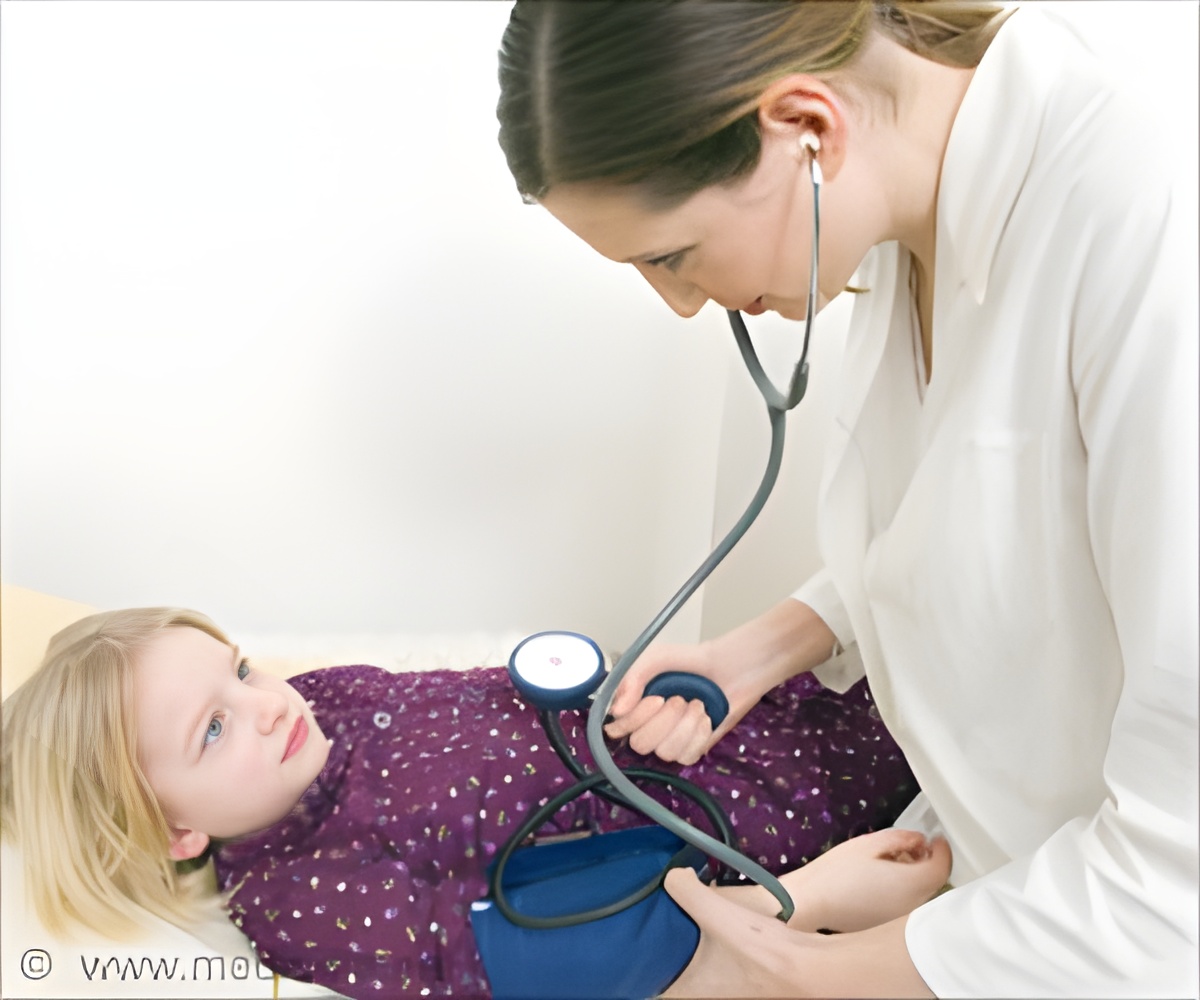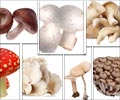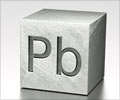
‘Prescription drugs are the most common source of child poisoning other than laundry products, drain cleaners and alcoholic beverages.’
Tweet it Now
Recently, three middle school students came into the ER after ingesting Xanax they found at home, says Ghurabi. "It was serious. They spent 12 hours in the emergency department having their stomachs pumped and being monitored for adverse reactions." Kids are especially at risk when it comes to consuming prescription drugs designed for adults.
"A common medication used to treat diabetes can stay in one's system for 96 hours - up to four days," Ghurabi points out. "While its purpose is to lower an adult's blood sugar, in a child it can cause glucose to drop to dangerously low levels - and to remain there for days."
Although prescription drugs are the most common source of child poisoning Ghurabi sees, he urges parents to elevate and lock away all forms of toxic substances, such as laundry products, drain cleaners and even alcoholic beverages.
"Recently a youngster came into the ER after drinking diluted chlorine bleach that he thought was water," Ghurabi says. The chlorine caused a severe chemical burn in his mouth and throat.
Advertisement
According to the American Academy of Pediatrics, each year approximately 3 million people - many younger than age 5 - have some type of poison exposure. The organization offers the following poison-prevention.
Advertisement
- Safety latches that automatically lock when you close a cabinet door can help keep children away from dangerous products, but there is always a chance the device will malfunction. The safest place to store poisonous products is somewhere a child can''t reach.
- Purchase and keep all medicines in containers with safety caps and place out of reach of children. Discard unused medication. Note that safety caps are designed to be child-resistant but are not fully childproof.
- Never refer to medicine as "candy" or another appealing name.
- Check the label each time you give a child medicine to ensure proper dosage. For liquid medicines, use the dosing device that came with the medicine. Never use a kitchen spoon.
- Never place poisonous products in food or drink containers.
- Keep coal, wood or kerosene stoves in safe working order. Get wall furnaces or central heating systems inspected yearly. Replace air filters, as recommended.
- Maintain working smoke and carbon monoxide detectors.
- Secure remote controls, key fobs, greeting cards and musical children''s books. These and other devices may contain small batteries that can cause injury, if ingested.
Source-Newswise









